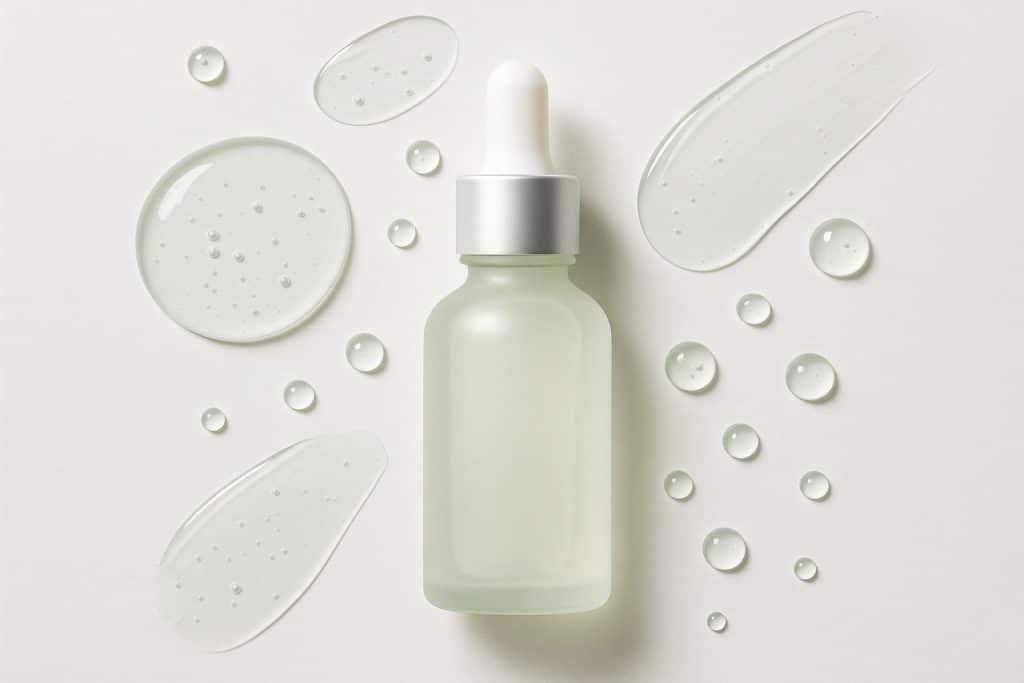If you have oily or acne-prone skin, finding the right sunscreen can feel like a never-ending struggle. The wrong formula can make your face greasy, clog pores, and even trigger breakouts — but skipping sunscreen isn’t an option either! Daily SPF is non-negotiable to protect your skin from UV damage, pigmentation, and premature aging.
The good news? You can enjoy sun protection without the shine — if you know what to look for. Let’s break down exactly how to choose the perfect sunscreen for oily and acne-prone skin.
1. Look for “Oil-Free” and “Non-Comedogenic” Formulas
When your skin already produces excess oil, the last thing you need is a heavy, greasy sunscreen sitting on top.
Always check the label for:
- Oil-free (won’t add extra shine)
- Non-comedogenic (won’t clog pores)
- Lightweight or gel-based texture
These sunscreens are designed to protect without suffocating your skin, keeping it matte and comfortable throughout the day.
Pro Tip: Gel-based or water-based sunscreens are ideal for oily skin types, especially during summer.
2. Choose a Matte or Gel-Based Finish
Matte-finish sunscreens not only control shine but also help makeup stay longer. They absorb excess oil and give your face a smooth, non-greasy look.
Best formulations for oily skin include:
- Gel-based sunscreens: Lightweight and fast-absorbing
- Fluid or serum textures: Feel weightless and blend easily
- Powder sunscreens: Great for touch-ups or reapplication over makeup
3. Pick Ingredients That Help Control Oil & Calm Skin
For acne-prone skin, the right ingredients can make all the difference. Look for sunscreens with:
- Niacinamide: Regulates sebum production and reduces inflammation
- Zinc oxide: Offers physical UV protection and helps calm acne
- Green tea or Centella Asiatica (Cica): Soothes irritation and redness
- Salicylic acid: Keeps pores clear and reduces breakouts
Avoid sunscreens with heavy silicones, alcohol, or artificial fragrances — they can clog pores and worsen acne.
4. Opt for Broad-Spectrum SPF 30 or Higher
No matter your skin type, always choose a broad-spectrum sunscreen — it protects against:
- UVA rays (cause premature aging)
- UVB rays (cause sunburn and tanning)
Dermatologists recommend SPF 30 or higher for daily use. If you spend more time outdoors, go for SPF 50+ and reapply every 2–3 hours.
5. Mineral vs. Chemical Sunscreen — Which Is Better for Oily Skin?
Both types work, but each has its own pros and cons:
| Type | Ideal For | Pros | Cons |
|---|---|---|---|
| Mineral (Physical) | Sensitive or acne-prone skin | Gentle, soothing, less pore-clogging | May leave a white cast |
| Chemical | Oily but non-sensitive skin | Lightweight, easy to absorb | Can irritate acne-prone skin |
If your skin reacts easily, stick to mineral sunscreens with zinc oxide or titanium dioxide. They’re less likely to cause breakouts.
6. Test Before You Commit
Even the best sunscreen can react differently depending on your skin’s chemistry.
Do a patch test before applying it all over your face. Apply a small amount on your jawline or behind your ear for a couple of days to check for irritation or new breakouts.
7. Don’t Forget Reapplication!
Sunscreen isn’t a one-time thing — it wears off after a few hours.
If you have oily skin, reapply every 2–3 hours, especially if you’re sweating or outdoors. Use:
- A powder SPF or SPF mist for mid-day touch-ups without disturbing makeup
- Oil-blotting sheets before reapplication to avoid build-up
Final Thoughts
Choosing the right sunscreen for oily and acne-prone skin doesn’t have to be complicated. Focus on lightweight, oil-free, non-comedogenic formulas that protect without clogging pores. With consistent use, your skin will stay protected, shine-free, and breakout-free — even on the hottest days!
Remember: Sunscreen is skincare. The right one won’t just protect your skin from the sun — it’ll also keep your complexion healthy, balanced, and clear.
